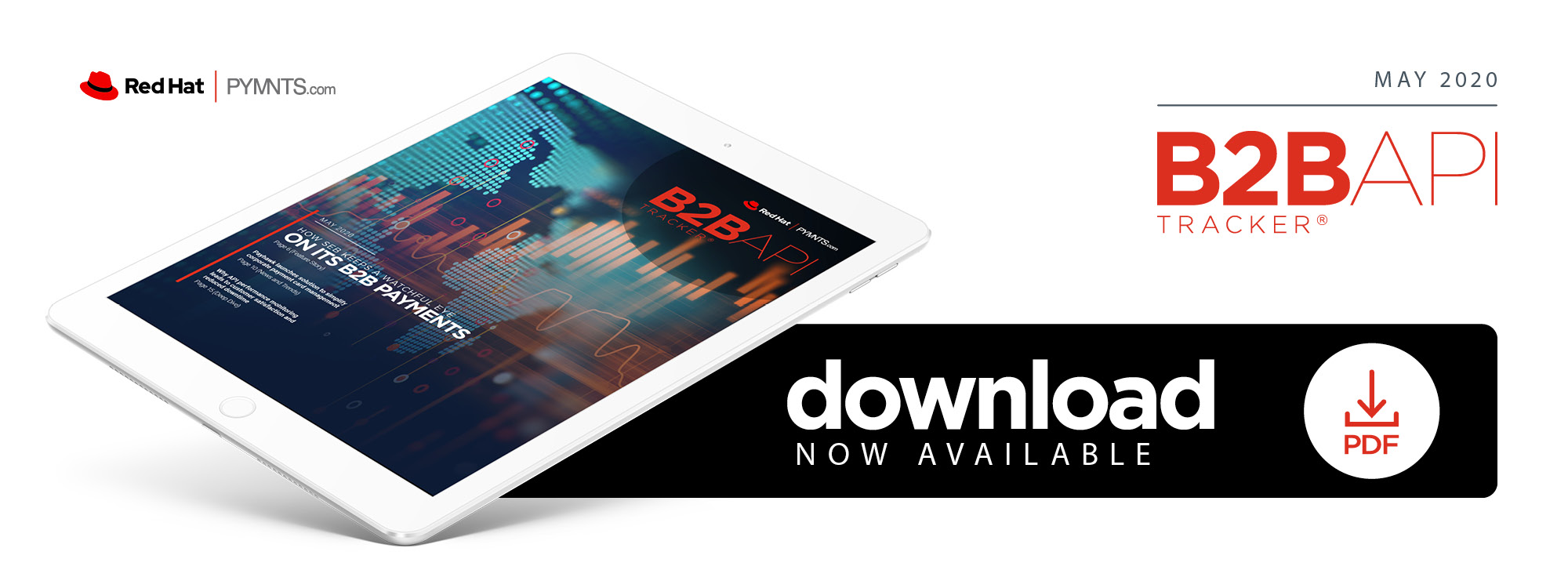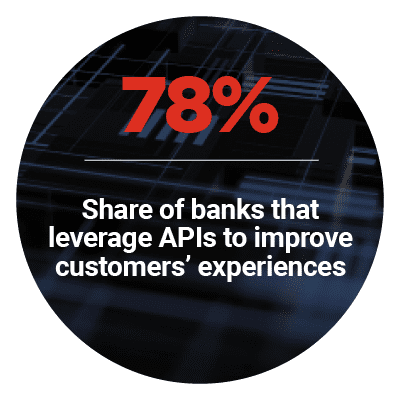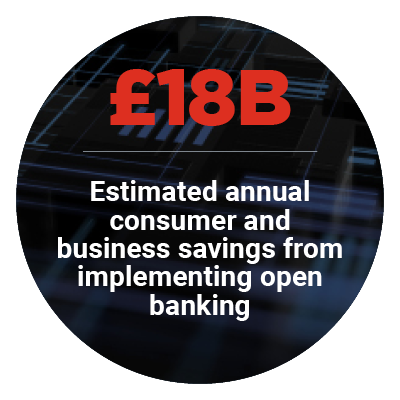
 Open application programming interfaces (APIs) are playing an increasingly important role in the financial industry as the field grows increasingly digital.
Open application programming interfaces (APIs) are playing an increasingly important role in the financial industry as the field grows increasingly digital.
APIs allow banks and technology providers to coordinate development much more easily, enabling the creation of innovative new products and services for functions such as B2B payments.
The European Union (E.U.) is currently leading the pack when it comes to API development, thanks to the revised Payment Services Directive (PSD2), which mandates that all 6,000-plus E.U. banks provide each other access to transaction data and account information to enable open banking. The United States lacks this type of central directive, but many banks are exploring APIs of their own initiative. More than half view it as a core part of their future digital goals, and 77 percent report having invested in them in 2019.
In the May “B2B API Tracker®,” PYMNTS explores the latest in the world of B2B APIs, including efforts to speed coronavirus relief loans to small- to medium-sized businesses (SMBs) and an exploration of the importance of API performance monitoring to ensure that technical glitches and downtime do not alienate developers and customers.
 Developments From Around The World Of B2B APIs
Developments From Around The World Of B2B APIs
Corporate payment cards are a common pain point in the world of B2B payments, with oversight employees forced to conduct tedious checks to ensure employees are not misusing them. A recent tool from business spending solutions provider Payhawk aims to simplify this process by attaching corporate cards to digital wallets rather than the entire corporate bank account, giving employees who have been issued company cards access only to the funds in the wallet. This enables oversight staff to examine transactions within the wallet rather than the company’s bank account as a whole.
Another development in B2B APIs comes from the world’s largest cooperative financial institution (FI), Crédit Agricole, with its Egyptian branch partnering with financial technology developer Fiorano Software to adopt its Hybrid Integration Platform (HIP) solution. This system links the bank to its business partners via APIs and microservice-based architecture, allowing Crédit Agricole to expedite deployment of services like B2B payments. This integration aims to reduce burdens on Crédit Agricole staff and allow them to focus more on development of new products and services.
APIs are also being used to help alleviate the economic effects of the COVID-19 pandemic. The Paycheck Protection Program (PPP) in the U.S. aims to forgive loans for SMBs provided they do no lay off any workers, but the sheer volume of new applications has put a burden on the FIs that issue these loans. A new API-driven solution from financial services developer Fiserv aims to streamline this process by linking directly to the Small Business Administration (SBA) database, allowing banks to gather SMB information automatically. The platform al so offers automated workflow, document management, forgiveness management and servicing functionalities.
so offers automated workflow, document management, forgiveness management and servicing functionalities.
For more on these and other B2B API news items, download this month’s Tracker.
Banks Monitor B2B API Performance With The Help Of Third-Party Data
Releasing new B2B payment APIs is one thing, but ensuring that they are doing what they are supposed to be doing throughout the payment lifecycle is a different challenge altogether. Without diligent API performance monitoring, apps developed via these APIs could have technical glitches and downtime that drive users to abandon these apps altogether. For this month’s Feature Story, PYMNTS spoke with Robert Pehrson, head of business development at Skandinaviska Enskilda Banken AB (SEB) and Paula da Silva, the bank’s head of transaction services, about how SEB ensures its APIs run as smoothly as possible to ensure customer loyalty.
 Deep Dive: Why Banks Should Monitor API Performance To Prevent User Friction And App Downtime
Deep Dive: Why Banks Should Monitor API Performance To Prevent User Friction And App Downtime
APIs are used by 78 percent of all FIs to streamline development of and access to banking technologies, meaning the app developers have a plethora of choices to harness when developing their apps. This means that only the best-performing APIs will see success in the marketplace, and careful monitoring is essential to ensuring this high level of performance. This month’s Deep Dive explores the three major performance metrics — adoption, engagement and retention — that FIs should analyze to ensure their APIs are at the top of their game.
About The Tracker
The “B2B API Tracker®,” done in collaboration with Red Hat, is your go-to monthly resource for updates on trends and changes in B2B APIs.